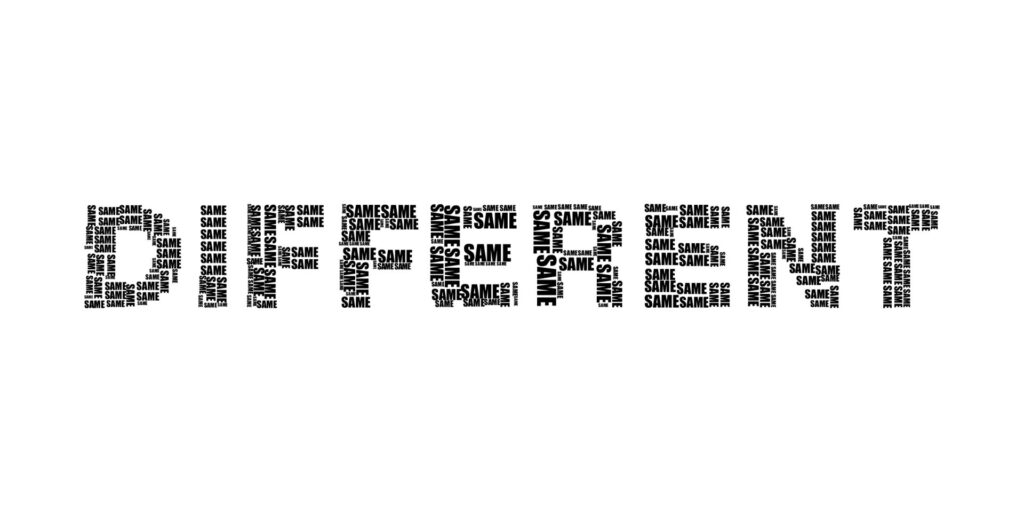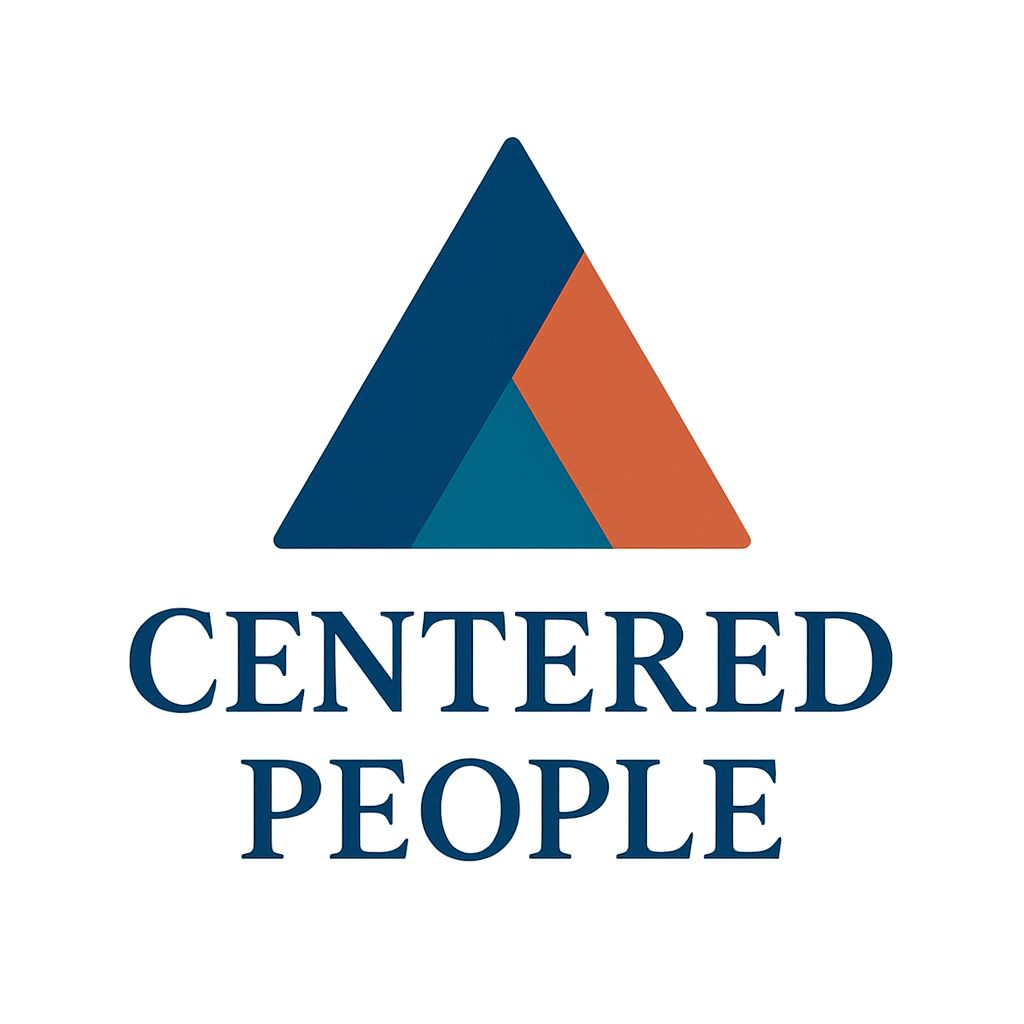Did you know that cultural differences can dramatically affect team dynamics and productivity? In our increasingly globalized world, understanding the nuances of different work cultures is crucial for successful collaboration.

This blog post will delve into the key differences between Dutch and non-Dutch work cultures, drawing insights from Erin Meyer’s renowned book, “The Culture Map.” By the end of this post, you will gain a clearer perspective on how culture impacts mental health, burnout, and productivity at the workplace. Let’s explore how recognizing these differences can lead to more effective teamwork and better outcomes!
1. An Overview of Work Cultures
The world is full of diverse cultures that influence how we work. The Dutch work culture is known for its direct communication and egalitarian values, which can be quite different from the norms found in various non-Dutch cultures. Some cultures like Asian, Eastern European or Arabic emphasize hierarchy, while others prioritize indirect communication. This understanding of work culture is vital for businesses today as globalization blurs these cultural lines.
Defining Work Culture
Work culture describes the beliefs, values, and behaviors that characterize how work is accomplished in an organization. Factors such as communication styles, decision-making processes, and teamwork approaches all shape this culture. By grasping both your work culture and that of your international colleagues, you can avoid miscommunication or misunderstandings.
2. Communication Styles
A key difference between Dutch and many non-Dutch cultures is how communication occurs. The Dutch favor directness, often speaking their mind plainly. Other cultures, however, might embrace a more indirect approach to maintain harmony in conversation.
Directness versus Indirectness
In cultures such as those in Asia or Eastern European countries, expressing disagreement may be done more delicately, utilizing softer phrases rather than outright refusals. This approach stems from a cultural focus on preserving relationships and a shared sense of community.
On the opposite, the Dutch communicate in a straightforward manner, often without sugar coating their words. While this can appeal to some, others might find it somewhat blunt. For example, a Dutch manager might give direct feedback regarding a co-worker’s performance, which differs greatly from the approach of managers from cultures that prioritize interpersonal feelings in such reviews. Recognizing these differences can significantly enhance workplace communication.
3. Hierarchical versus Egalitarian Structures
The perception of hierarchy and authority also varies widely between Dutch and non-Dutch cultures.
Dutch Egalitarianism
In the Netherlands, an egalitarian work structure is the norm, where contributions from employees at all levels are appreciated. It’s common for junior staff to express their opinions freely, even challenging senior team members. This egalitarian culture nurtures collaboration and can significantly boost team productivity.
Hierarchical Cultures
In contrast, cultures such as those in India or China, Asia, Eastern Europe, Middle East often place more emphasis on hierarchical structures. In these environments, respect for authority is crucial, and decisions made by senior management usually go unchallenged by lower-ranking staff. Understanding these differences can have a meaningful impact on team collaboration across cultural lines.
4. Decision-Making Processes
Decision-making methods frequently differ between cultures, and this can influence work dynamics quite substantially.
Dutch Consensus Building
Many Dutch organizations adopt a consensus-driven approach when making decisions. This collaborative style values team input and often leads to more thoughtful choices that everyone can agree upon. While this might take additional time, it fosters a sense of shared ownership of outcomes.
Swift Decision-Making in Non-Dutch Cultures
In more hierarchical cultures, decisions can be made quickly by leaders without much input from others. This may expedite processes, yet it can leave some employees feeling marginalized and less engaged. Recognizing these various decision-making processes can enhance collaboration and team cohesion.
5. Attitudes Towards Time and Deadlines
Cultural attitudes towards time can shape how work is approached in different contexts.
Flexible versus Rigid Time Perspectives
In the Dutch culture, there exists a balance between flexibility and structure when it comes to deadlines. While the Dutch respect timelines, they are willing to accommodate necessary adjustments when circumstances change.
On the other hand, in cultures that adhere to strict timelines—such as the U.S.—punctuality is heavily emphasized. This discrepancy can lead to frustrations when team members from differing cultures work together on projects, so it’s crucial to clarify expectations.
In cultures like Eastern Europe or the Middle East, deadlines are not something people are used to working with. They can work on multiple projects at the same time, and deadlines are constantly pushed. This way of working often leads to frustration and self-selection when it comes to international collaboration. As a result, we see that certain countries choose to do business with certain cultures more than with others.
6. Approaches to Work-Life Balance
Cultural values around work-life balance play a crucial role in the overall work experience.
Dutch Work-Life Integration
In Dutch culture, maintaining a healthy work-life balance is a priority. Many employees value personal time and well-being, often taking necessary breaks or time off for family or self-care. This approach contributes positively to mental health and productivity.
The Non-Dutch Work Ethic
Contrarily, in various non-Dutch cultures, work might take precedence over personal time, especially in competitive sectors. Employees may feel obliged to extend their working hours to demonstrate dedication, which can lead to burnout and decreased long-term productivity.
7. The Role of Feedback and Performance Reviews
Perspectives on feedback can differ notably based on cultural contexts.
Open Feedback in Dutch Culture
In Dutch workplaces, feedback is recognized as a valuable tool for growth. Employees typically receive constructive criticism in a straightforward manner, allowing individuals to clearly understand improvement areas. This openness tends to foster personal and professional growth.
Caution in Non-Dutch Feedback
In some non-Dutch cultures, however, providing critiques can risk damaging morale, trust, and dignity. The cautious approach could potentially inhibit employee growth if constructive feedback isn’t communicated effectively, which impacts overall workplace productivity.
8. Navigating Cultural Differences
Understanding the nuances of work culture differences is critical for fostering a productive and harmonious workplace.
The Process of Acculturation
When organizations understand across cultures, recognizing cultural variances can pave the way for better partnerships. Organizations can greatly benefit from training that promotes cultural awareness and effective communication across cultural backgrounds.
By embracing an open-minded approach to work culture differences, teamwork can flourish. It’s essential to remember that though these differences might seem daunting, they also present unique opportunities for innovation and creativity within teams.
So Now What?
As our world continues to evolve, celebrating cultural differences can lead to more effective teamwork and overall productivity. It’s of utmost importance to create an inclusive environment that appreciates diverse work cultures, allowing all employees to express their insights and perspectives.
Overcoming these challenges may require effort, but by approaching cultural differences positively and collaboratively, businesses can transform potential conflicts into pathways for success.
Join our community and stay updated!
Subscribe to our newsletter for insights on how these cultural factors impact mental health, productivity, and more!
Embracing the richness of cultural diversity not only fosters creativity and innovation but also nurtures better mental well-being in our workplaces. Remember, a workplace that values and encourages cultural differences will ultimately thrive!

Leave a Reply